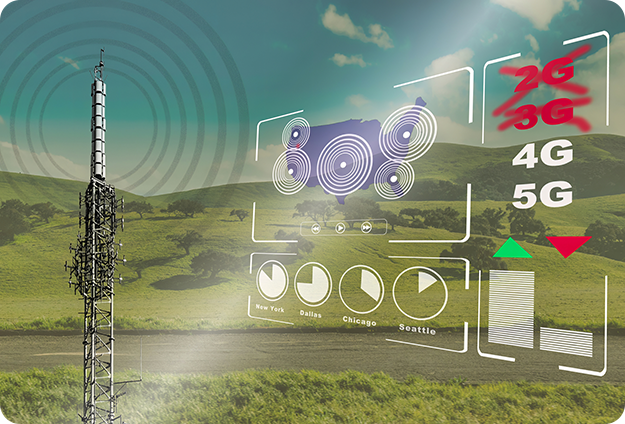In the near future, manufacturers of all vehicles are planning to implement a new CAN standard called CAN FD. CAN FD enables faster and larger data exchange between various electronic components in a vehicle. With the implementation of CAN FD, vehicles are capable of handling a growing number of sensors, actuators, and other electronic elements, leading to improvements in both the efficiency of system operations and the safety and comfort of driving. This standard plays a crucial role in the evolution of modern vehicles. | 

 back
back


 back
back